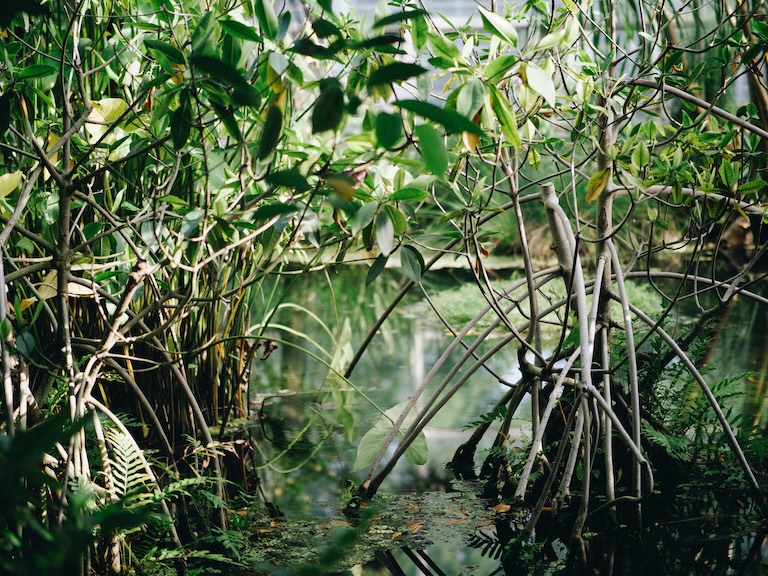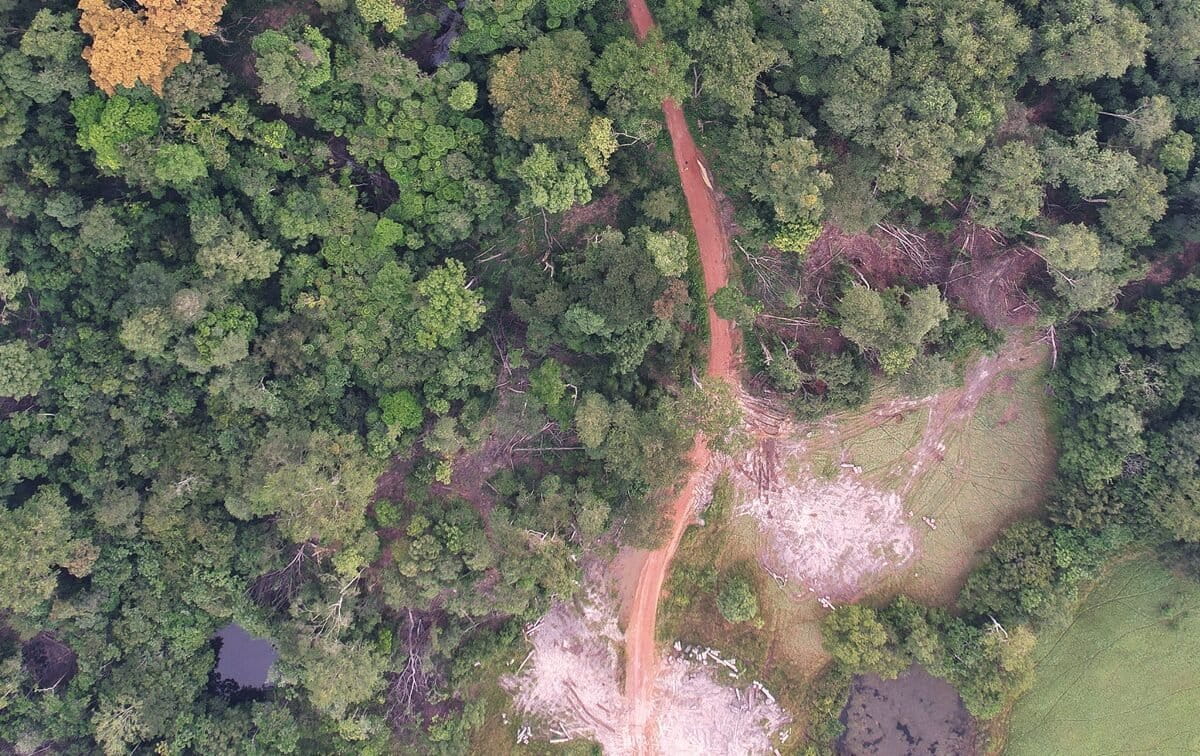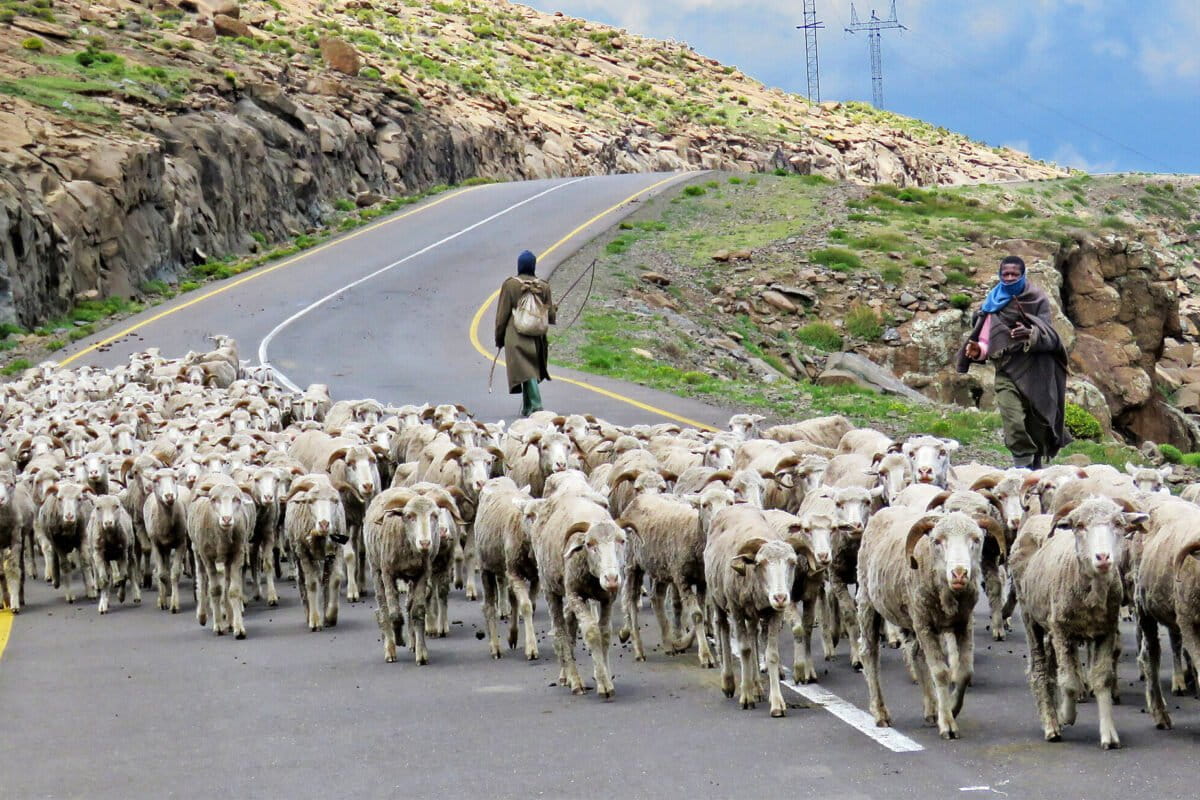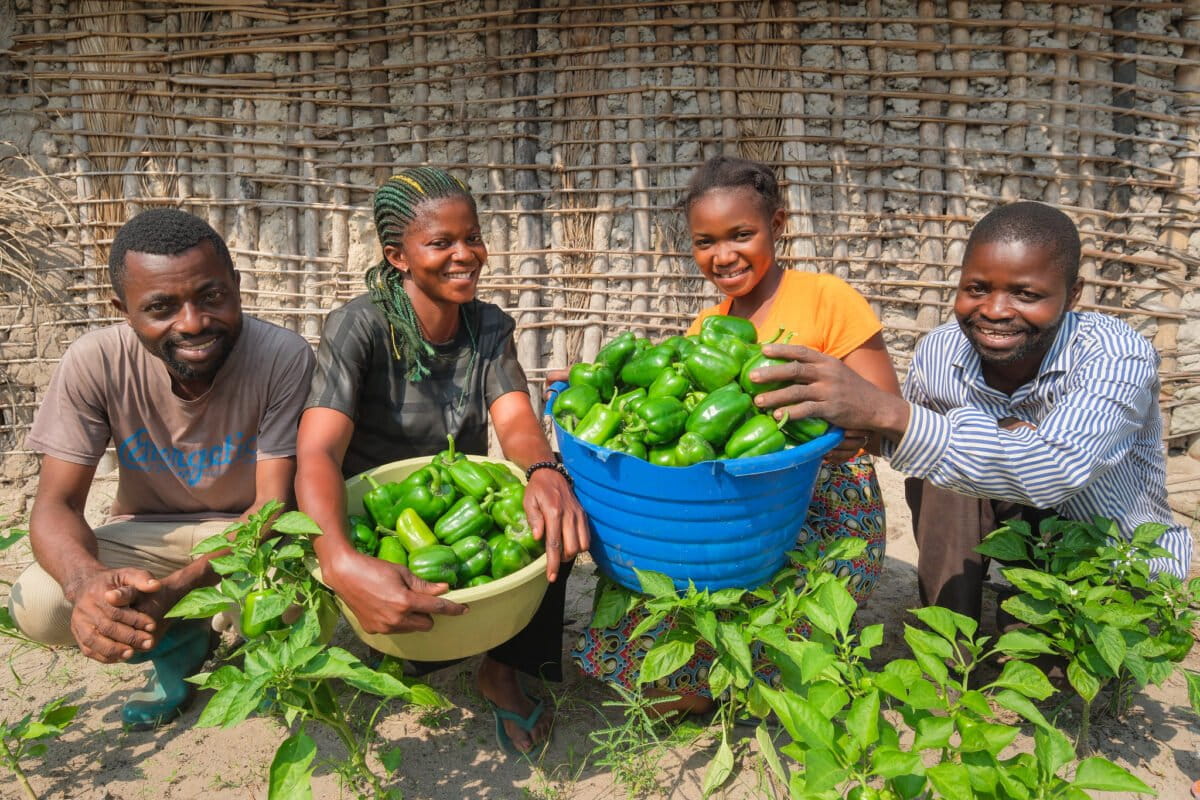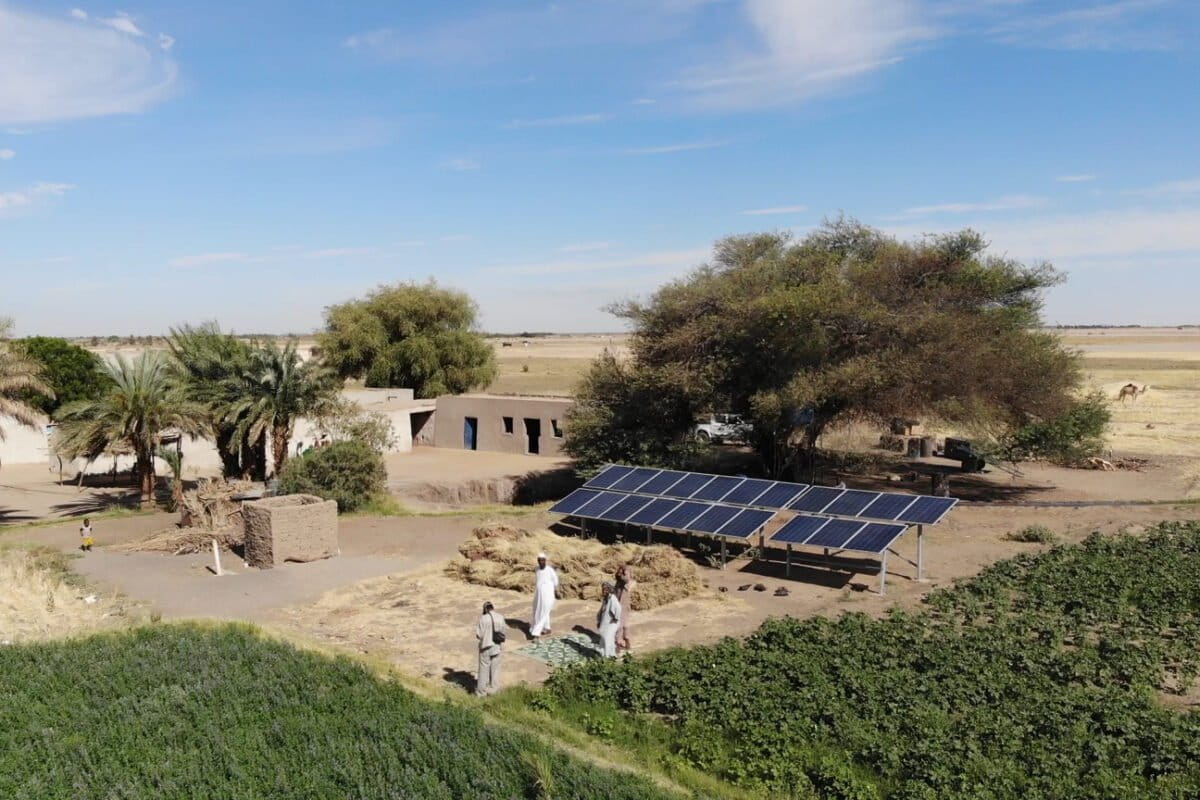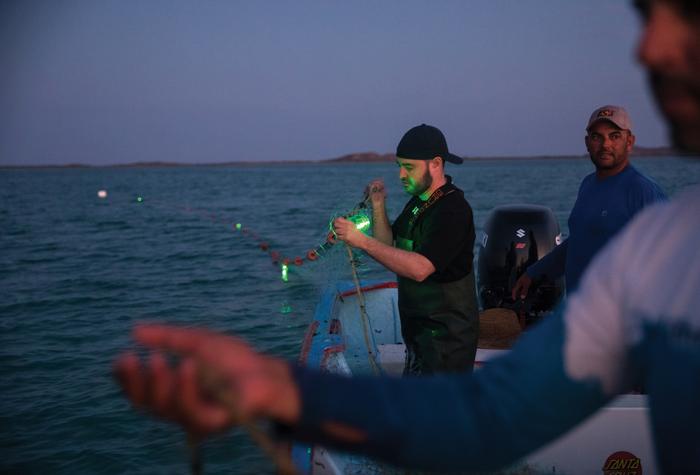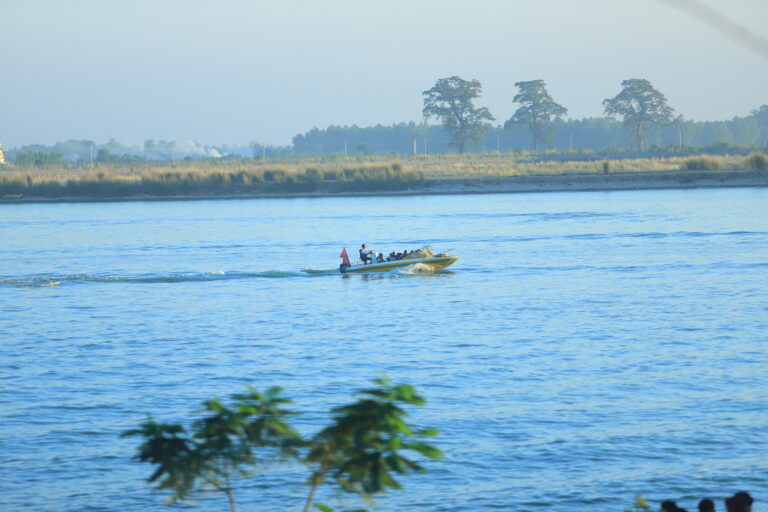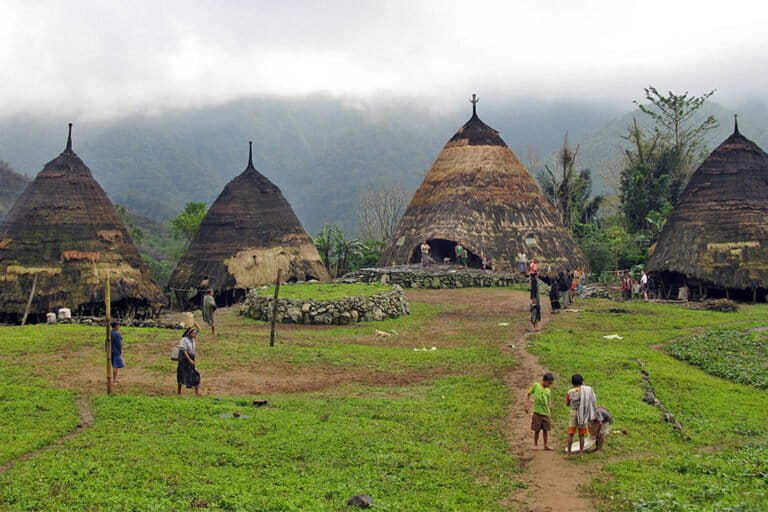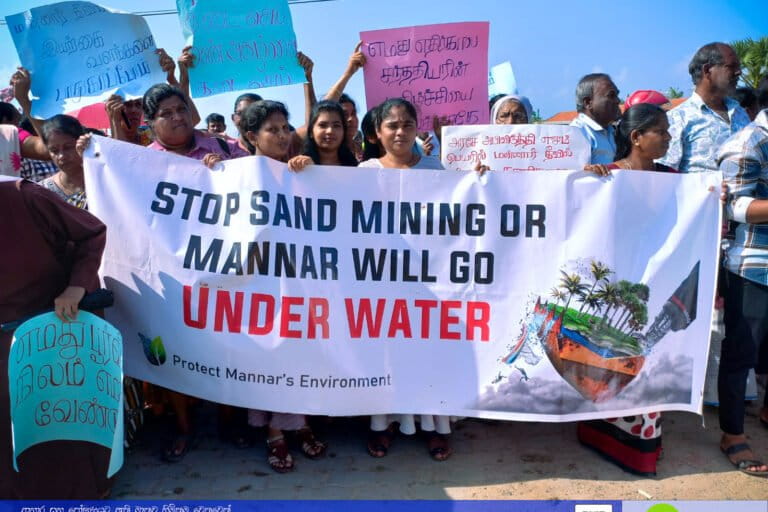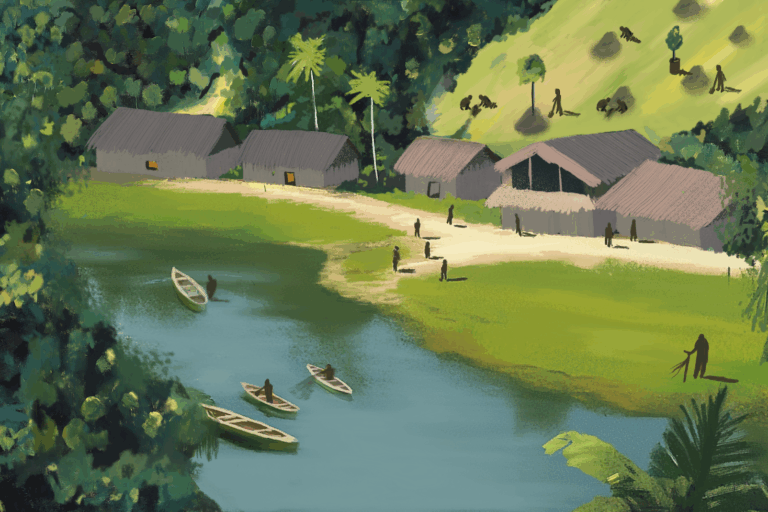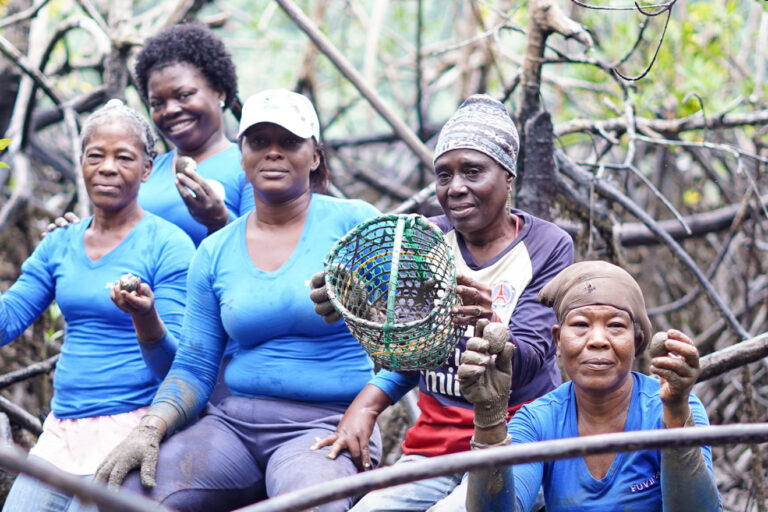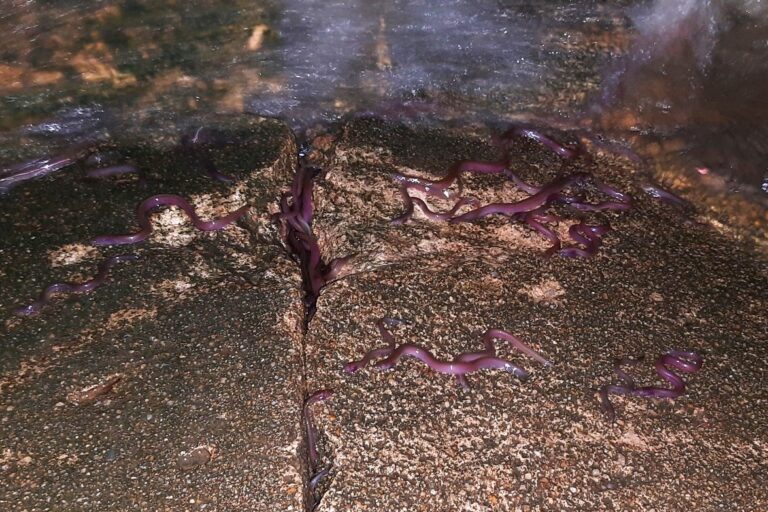- In the wake of historic typhoon activity in 2024, members of the Zoological Society of London (ZSL) and others are calling for scaled-up coordination and action to safeguard blue carbon ecosystems that increase local capacity to recover from climactic shocks.
- Community-led projects that offer opportunities to increase investment and bring security back to local communities like mangrove forest restoration are one key example of a blue carbon initiative that the National Blue Carbon Action Partnership (NBCAP) is implementing with the support of ZSL.
- “Coordinated action by NBCAP will enable these ecosystems to come to life, delivering both protection and income for coastal communities,” a new op-ed argues.
- This post is a commentary. The views expressed are those of the authors, not necessarily of Mongabay.
Our vibrant nation of the Philippines is one of the most climate-vulnerable countries in the world. Subject to tropical cyclones, earthquakes and volcanic eruptions, it ranks number one globally on the World Risk Index.
It is also one of the 17 mega-biodiverse countries, and it’s easy to see how nature and climate go hand in hand in this archipelagic nation. Working for the Zoological Society of London (ZSL), together we have seen how mangrove rehabilitation projects hold the power to inspire hope and bring security back to local communities following the typhoons that ravage our coastlines.
Although we are accustomed to the threat of natural disasters, the frequency and intensity of tropical cyclones is leaving communities reeling, with thousands of local people without homes, work, or access to sanitation. Typhoon Man-Yi (known locally as Pepito), was the sixth super typhoon to make landfall here between October and November in 2024, and worryingly, last November the Japan Meteorological Agency reported that it was the first time since records began in 1951 that four storms coexisted in the Pacific basin.
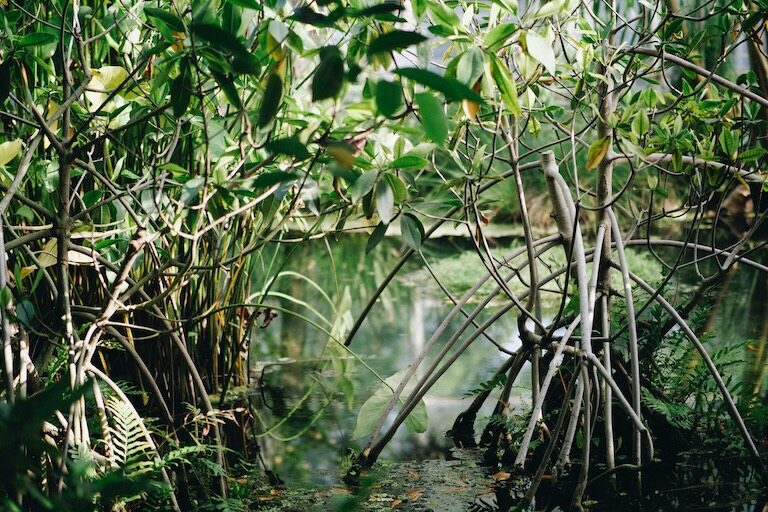
Living in the shadow of these typhoons, we are proud that the Philippines was selected to host the U.N. Framework Convention on Climate Change (UNFCCC) Loss and Damage Fund board last year. Former Philippine secretary of environment and natural resources Maria Antonia Yulo-Loyzaga shared at the 4th meeting of the board in December 2024 that, “Our goal is to support the board in advancing decisions that ensure the fund is accessible, equitable and impactful.” As payments under this fund will be rolling out over 2025, we desperately need to turn attention back to the core benefits blue carbon ecosystems hold in protecting our nation.
As strong weather systems continue to gain momentum, coordinated action is needed to deliver local solutions that build our country’s capacity to recover and decrease reliance on foreign aid. Our strength and solutions lie in our blue carbon ecosystems. Home to at least 50% of the world’s mangrove species, as a nation we have an opportunity to work with our unique natural habitats to mitigate the effects of the increasingly violent tropical storms.
The aftermath of Super Typhoon Haiyan (known locally as Yolanda) in 2013 renewed both national interest and hope that corporations, government and financiers would see the essential role ecosystems place in mitigating the effect of climate disasters. The devastation saw the Philippine government allocate $17.9 million for a mangrove and beach forest development project.
Yet to date, there remains a disconnect between cities and coastal communities, and climate change is bringing the effects of this closer to home. How can we connect big corporations, NGOs, financiers and governments to ensure a continued investment pipeline into these ecosystems, and not just a reactive response to tropical storms, as seen after Haiyan?
We at ZSL are glad to play a role in implementing projects such as the Philippines National Blue Carbon Action Project (NBCAP), with the support and guidance of the World Economic Forum (WEF), which seeks to address this disconnect and enable investment to flow into blue carbon ecosystems.
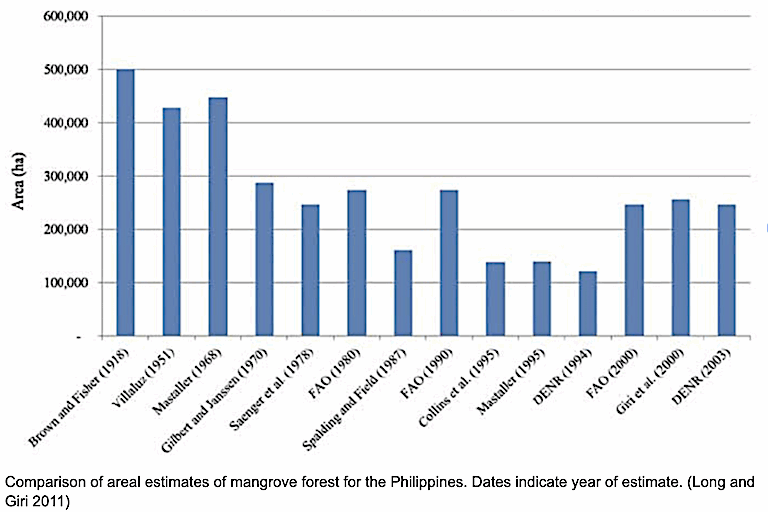
Building capacity and increasing resilience
Mangrove ecosystems support more than 4.1 million mangrove fishers globally and about 1.4 trillion commercially important fish and bivalves, according to WEF estimates. They also improve water quality at a local level. We have seen with our own eyes how investment in these ecosystems enhances national and local capacities to cope with, adapt to and recover from present and future shocks. Our hope is that projects such as the protective breakwater-mangrove greenbelt in Ajuy municipality, Iloilo province, will allow local people to take ownership and enable new models for investment: typhoons will continue to increase, but the impacts don’t have to be as destructive or long-lasting.
The result of such devastating back-to-back tropical storms is also felt on an even greater level, like last year when the World Bank adjusted the Philippines’ 2024 GDP growth outlook down to 5.9%, citing typhoons that have disrupted key economic activities like agriculture. Cyclones cost the country around $324 million in damages in 2023, and recent research has suggested that damage from climate change globally could cost between $19 trillion and $59 trillion per year by 2049.
Blue carbon ecosystem projects can often add stackable benefits to existing projects (that may focus on conservation or communities, for instance) by opening financing opportunities or aiding publicity efforts. Integrating funding from multiple sources of interest helps to build resilience. For instance, if financial trends change and funding dries up for a specific focus area, projects can still draw on funds supplied for related areas.
NBCAP can act as an accelerator in the Philippines for scaling up finance, enabling green-gray engineering projects like the mangrove breakwaters in Ajuy to be replicated more widely, delivering both conservation and restoration of blue carbon ecosystems around our coastline.
Our hope is that the coordinated action by NBCAP will enable these ecosystems to come to life, delivering both protection and income for coastal communities, and a robust response to the climate and biodiversity emergencies.
Jurgenne H. Primavera is chief mangrove scientific adviser for the Zoological Society of London (ZSL) and was named a Time Magazine “Hero of the Environment” in 2008; Rona Joy Loma is mangrove program coordinator at ZSL; and Emily Richardson is senior campaigns consultant for Mindfully Wired.
Banner image: Mangrove forest in the Philippines. Image courtesy of the National Blue Carbon Action Partnership (NBCAP).
Related audio from Mongabay’s podcast: A road engineer who quit his job to lead a successful campaign versus a highway project that would have negatively impacted a marine protected area won the 2025 Goldman Environmental Prize, hear about his motivations and actions here:
See related coverage:
Climate change drives rise in rainfall, ‘Christmas typhoons’ in Philippines
Small island nations provide big environmental solutions but need finance partners (commentary)
Citation:
Garcia, K., Gevaña, D., & Malabrigo, P. (2013). Philippines’ mangrove ecosystem: Status, threats, and conservation. In: Faridah-Hanum, I., Latiff, A., Hakeem, K., Ozturk, M. (eds) Mangrove Ecosystems of Asia. Springer, New York, NY. doi:10.1007/978-1-4614-8582-7_5


